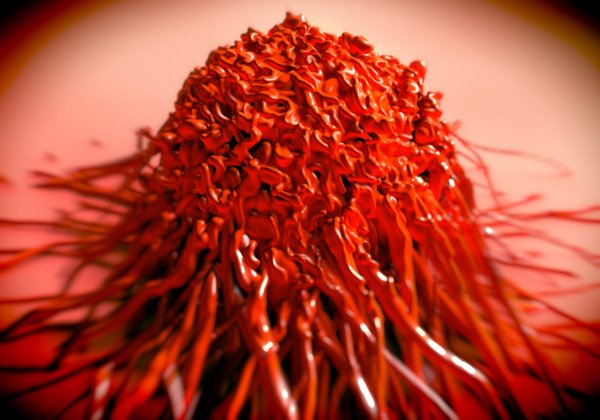What Is Prostate Cancer?
- Updated on: Jul 29, 2024
- 3 min Read
- Published on Feb 21, 2021

Prostate cancer grows slowly and is initially limited to the prostate gland only. Therefore, it does not show any symptoms in the beginning for several years. Symptoms only become apparent when the prostate gland is large enough to affect the urethra. At this stage, you may notice an increased need to urinate, strains during urinating and a feeling that your bladder has not fully emptied.
The cancer may not cause major harm as long as it is confined to the prostate gland. However, certain types of prostate cancers are aggressive and can advance quickly to other organs. If the cancer is detected at an early stage when it’s confined to the prostate gland, there are good chances of successful treatment.
What is the Prostate Gland?
Prostate gland is a walnut-sized gland present that is present only in men and located in the pelvis between the bladder and the penis and wraps around the urethra (a tube that carries urine from bladder to penis).
Prostate gland produces seminal fluid that nourishes and carries sperm which is needed for reproduction. It produces a thick white fluid that is mixed with the sperm (produced by the testicles), to produce semen.
How Does Prostate Cancer Start?
Prostate cancer starts when cells in the prostate gland start to grow in an uncontrolled manner. It generally begins in the glandular cells. This is called adenocarcinoma. Small changes occur in the shape and size of the prostate gland cells at this stage, which is called prostatic intraepithelial neoplasia (PIN). This happens slowly and does not usually show any signs until it has progressed. PIN indicates how the prostate gland cells look under a microscope.
Most of the men over the age of 50 years have PIN. Low-grade PIN is generally not a reason of concern. However, high-grade PIN can be pre-cancerous and requires attention.
- Low-grade PIN: patterns of prostate cells appear normal in this case
- High-grade PIN: patterns of cells look abnormal in this case
In some men, PIN begins to appear in the prostates as early as in their 20s.
It is easy to treat prostate cancer if diagnosed early. However, if it spreads to other organs, it is dangerous and difficult to treat. Often, it spreads to bones.
Types of Prostate Cancer
The type of prostate cancer you have indicates the type of cell that the cancer started in. It helps your doctor decide which treatment you need as different types of cancers may require different treatment.
Nearly all prostate cancers are adenocarcinomas. They develop from the gland cells that produce the prostate fluid.
Various other types of prostate cancers are outlined below. However, these are rare. In most of the cases, a person develops an adenocarcinoma. Nearly everyone with prostate cancer has adenocarcinoma.
- Sarcomas
- Small cell carcinomas
- Neuroendocrine tumors
- Transitional cell carcinomas
What are the stages of prostate cancer?
The term ‘stage’ or ‘grade’ of a cancer means how evident the extent of the cancer is in the body at the time the cancer is identified. The stage of a prostate cancer helps doctors understand the extent of spread and advancement of the prostate cancer and how the cancer might behave. This helps them plan cancer treatment and make important decisions about choices of the treatment for a person.
Doctors use the Gleason system to grade or stage prostate cancer. They look at several samples of cells taken through biopsies from your prostate and then stage them on a scale of 1 to 5.
- Grade 1 and 2 are considered normal prostate cells
- Grade 3 to 5 are cancer cells. Grade 5 is indicative of the most abnormal prostate cells.











